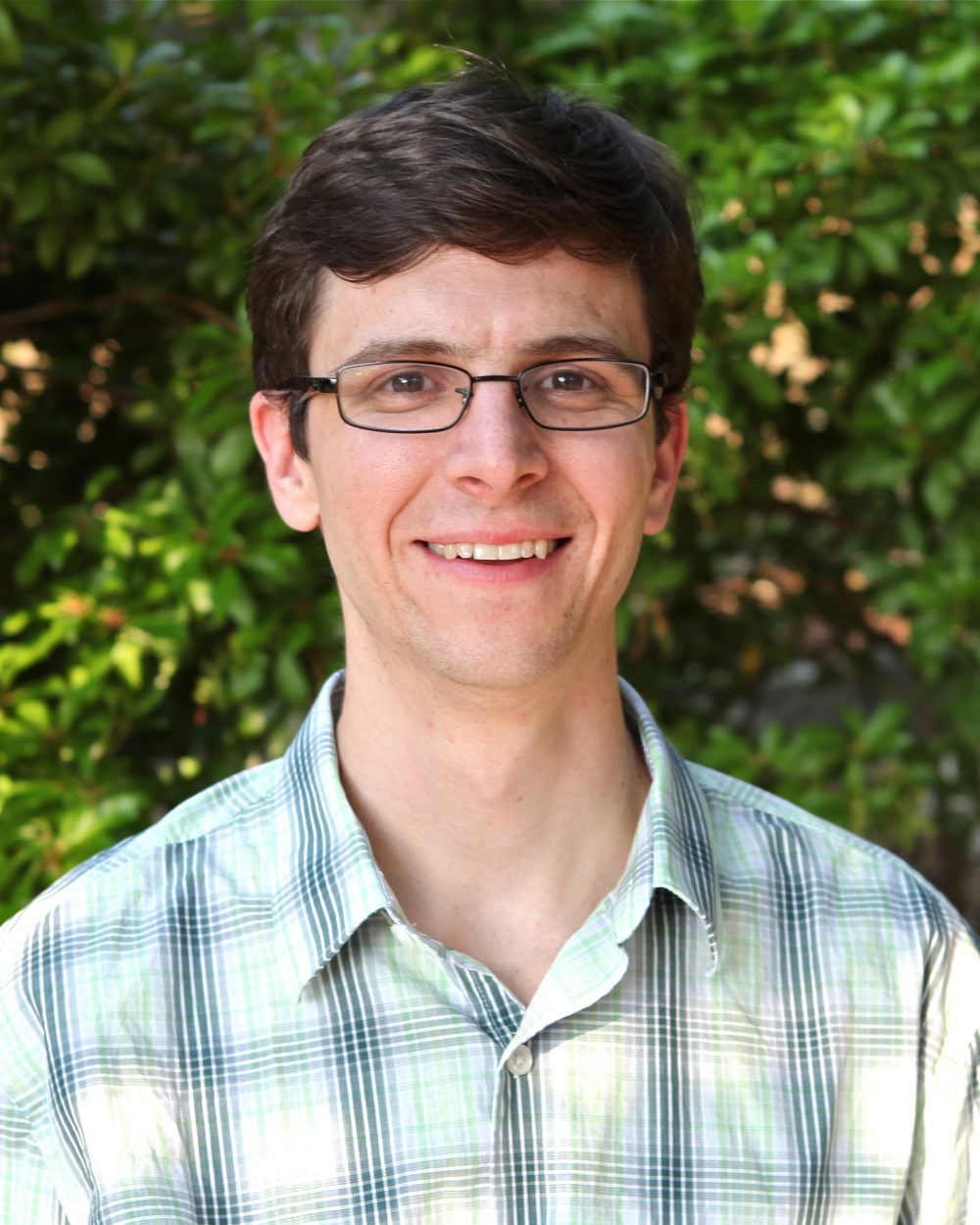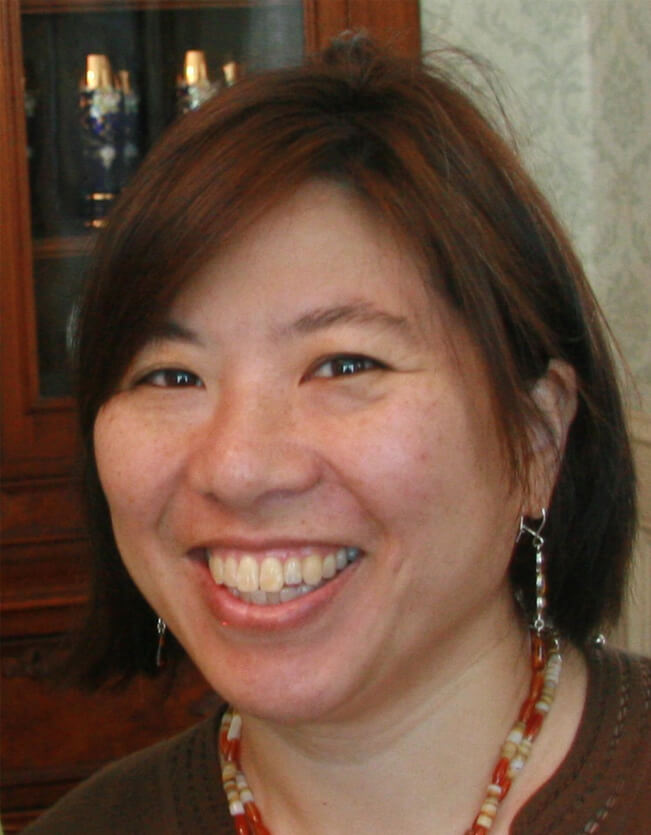Inferring Cell Interactions: Spatial Organization of Human Lymph Nodes
Project Summary
This project aims to combine spatially-resolved and single-cell transcriptional profiling to develop a systematic method for inferring cell-cell interactions, and to apply that method to create a high-resolution spatial atlas of healthy human lymph nodes. To help ensure an ethnically representative population of healthy individuals, this group will partner with another CZI Seed Network at Columbia Medical School to leverage an existing relationship with LivOnNY and procure and analyze additional lymph node samples from Black, Latinx, and Asian donors.
This Network was awarded the CZI Seed Networks Incentive to Support Diversity for the Human Cell Atlas.
Results & Resources
To meet the advancing needs in spatial transcriptomic data analysis, this group published Baysor, a cell segmentation tool to optimize cell segmentation by considering the likelihood of transcriptional composition, size, and shape of the cell. They established MERFISH protocols in human lymphatic tissues and used this technique, coupled with single-cell RNA-sequencing, to spatially map the human lymph nodes.
Investigators








